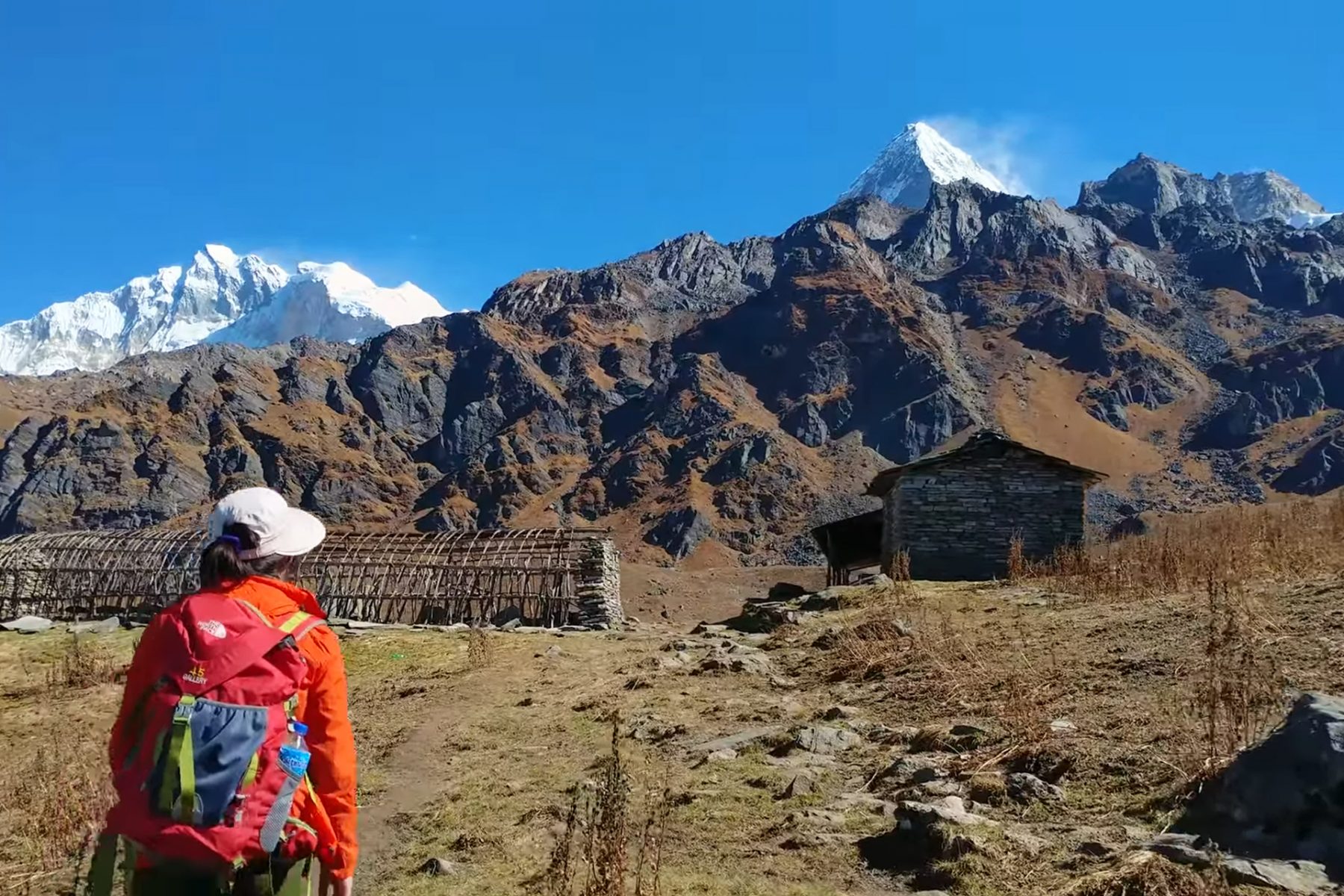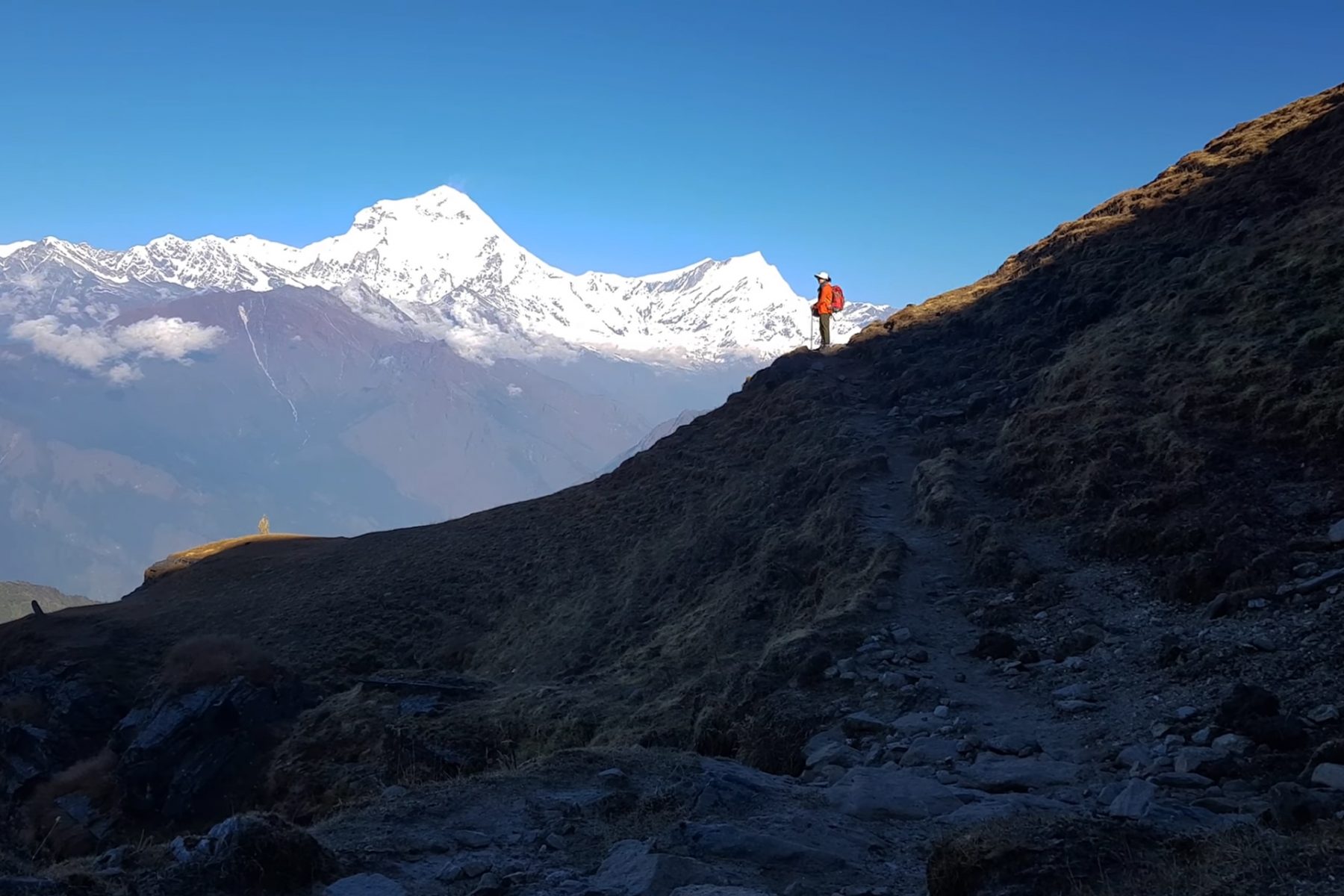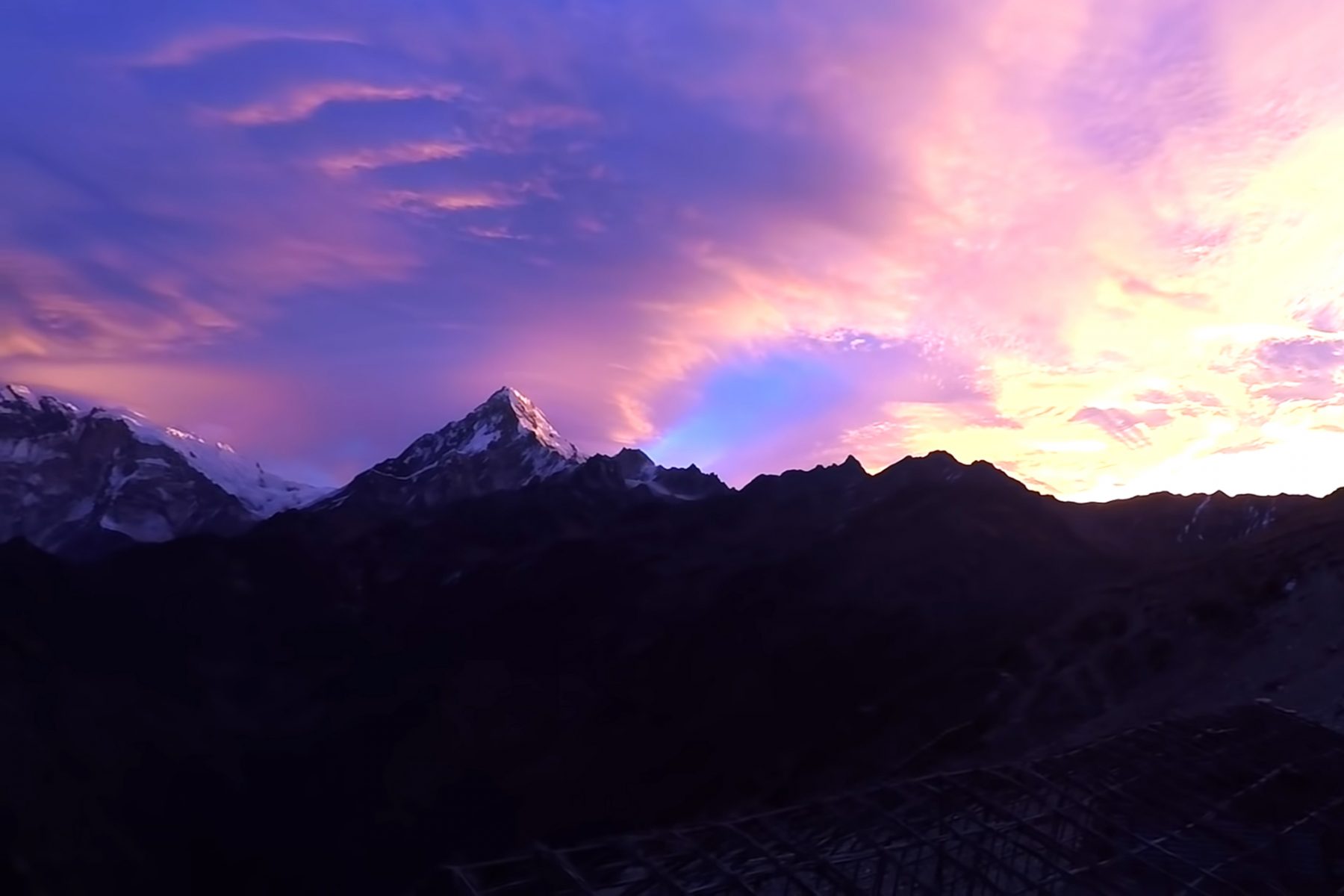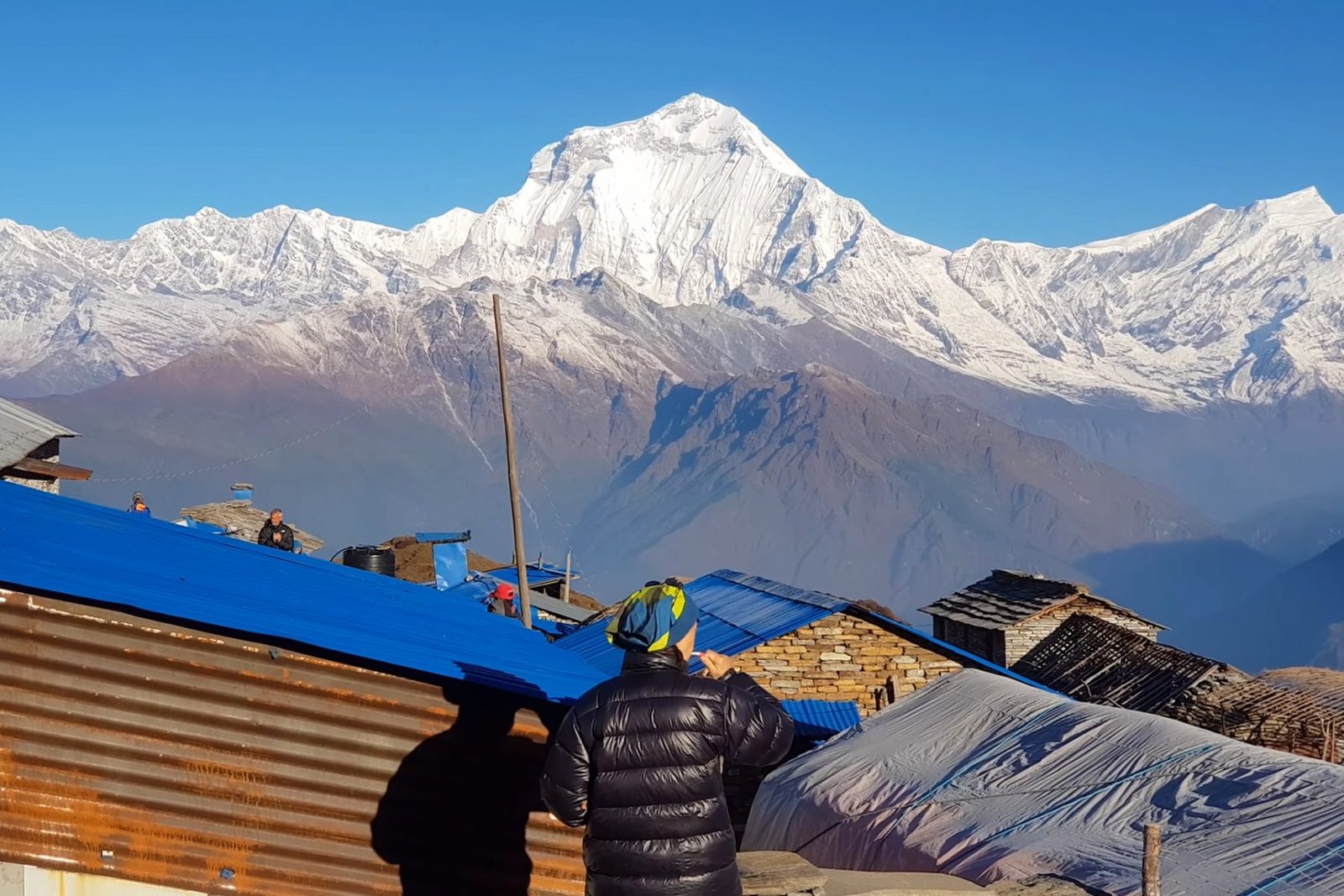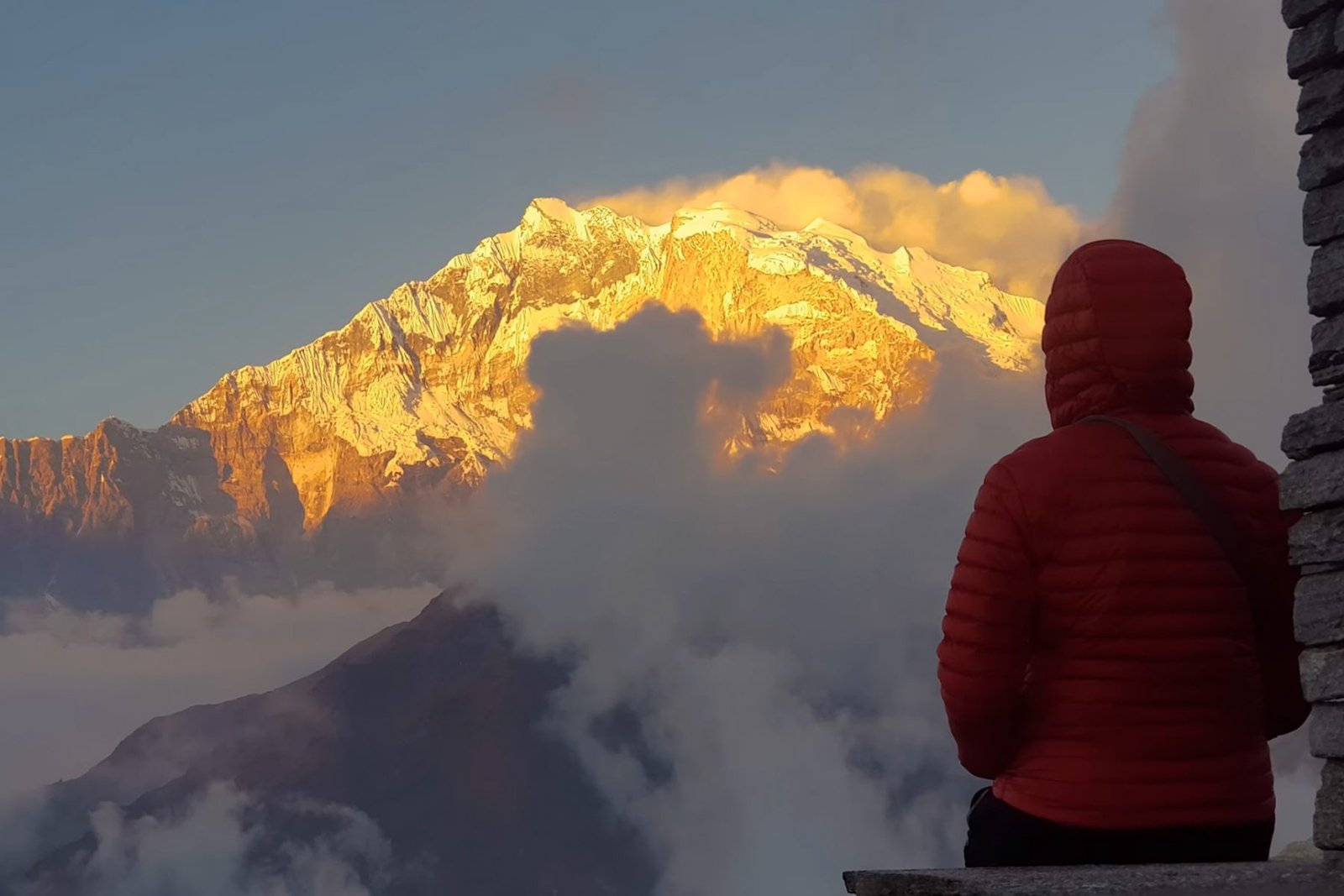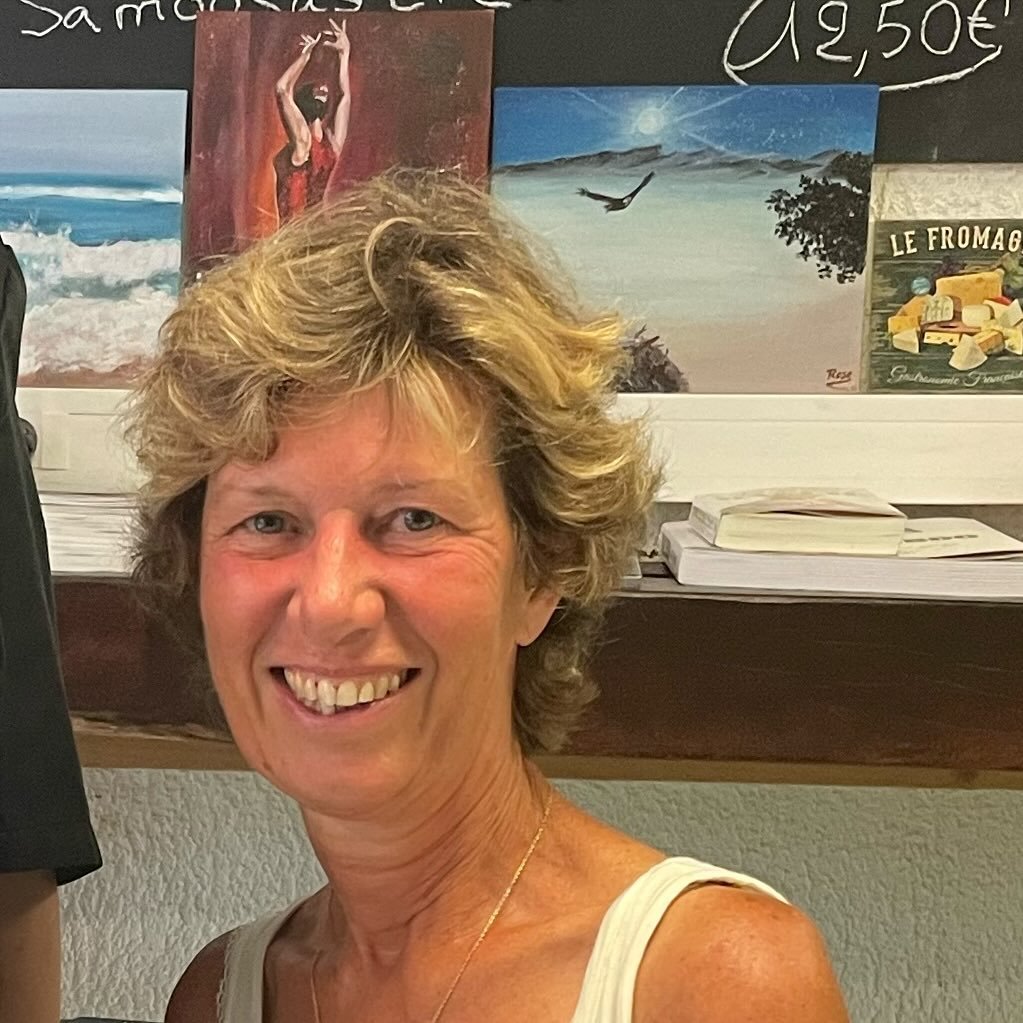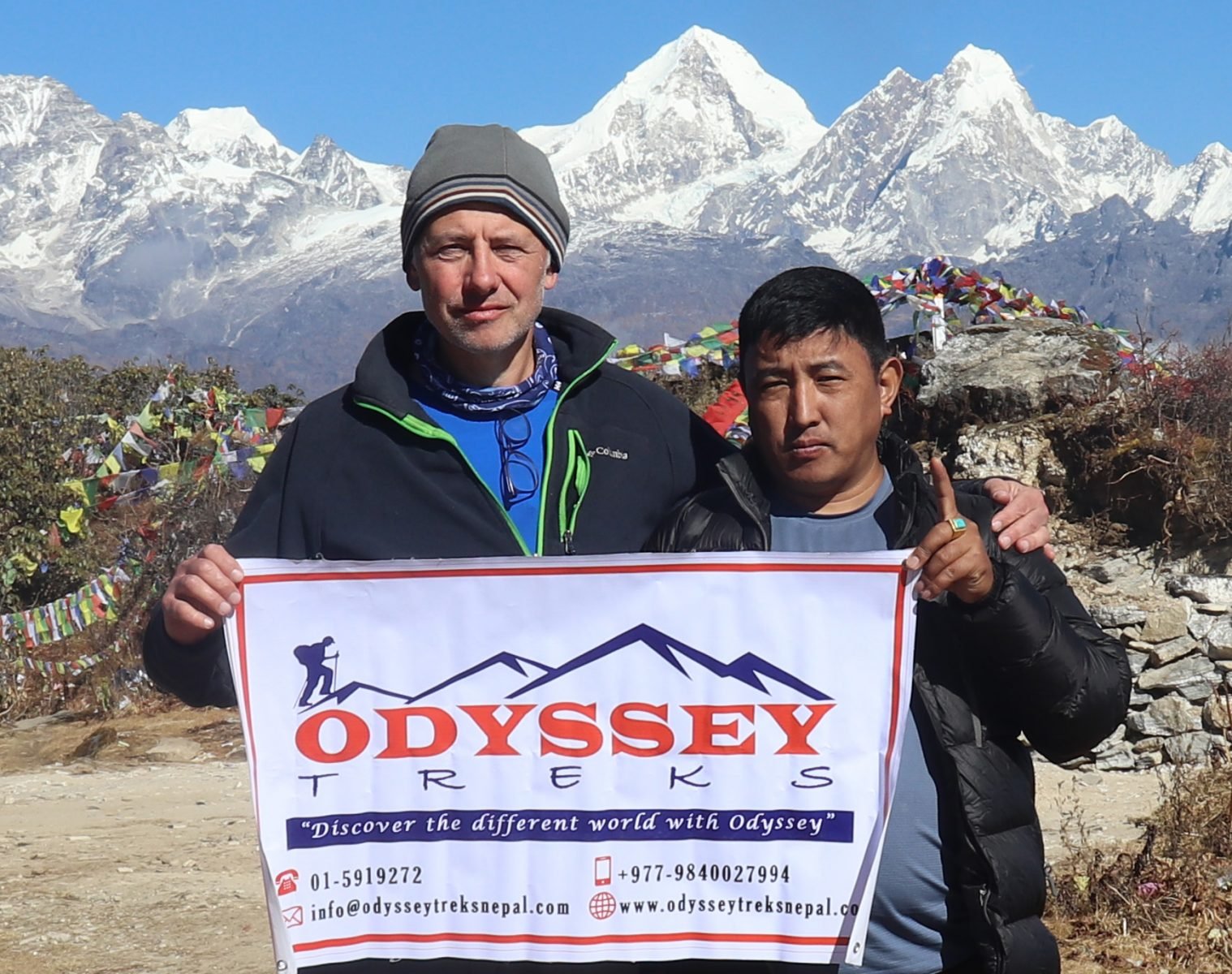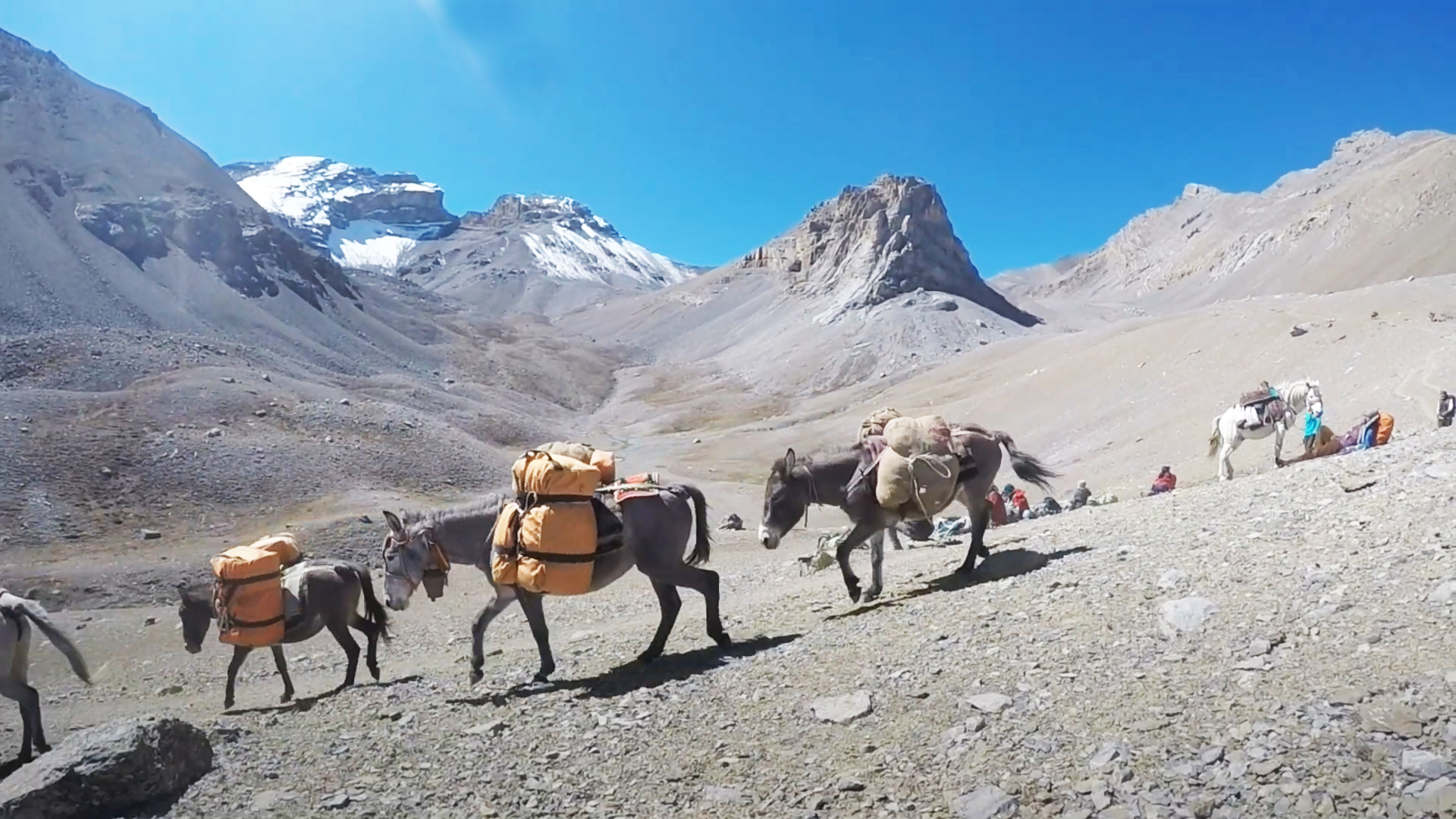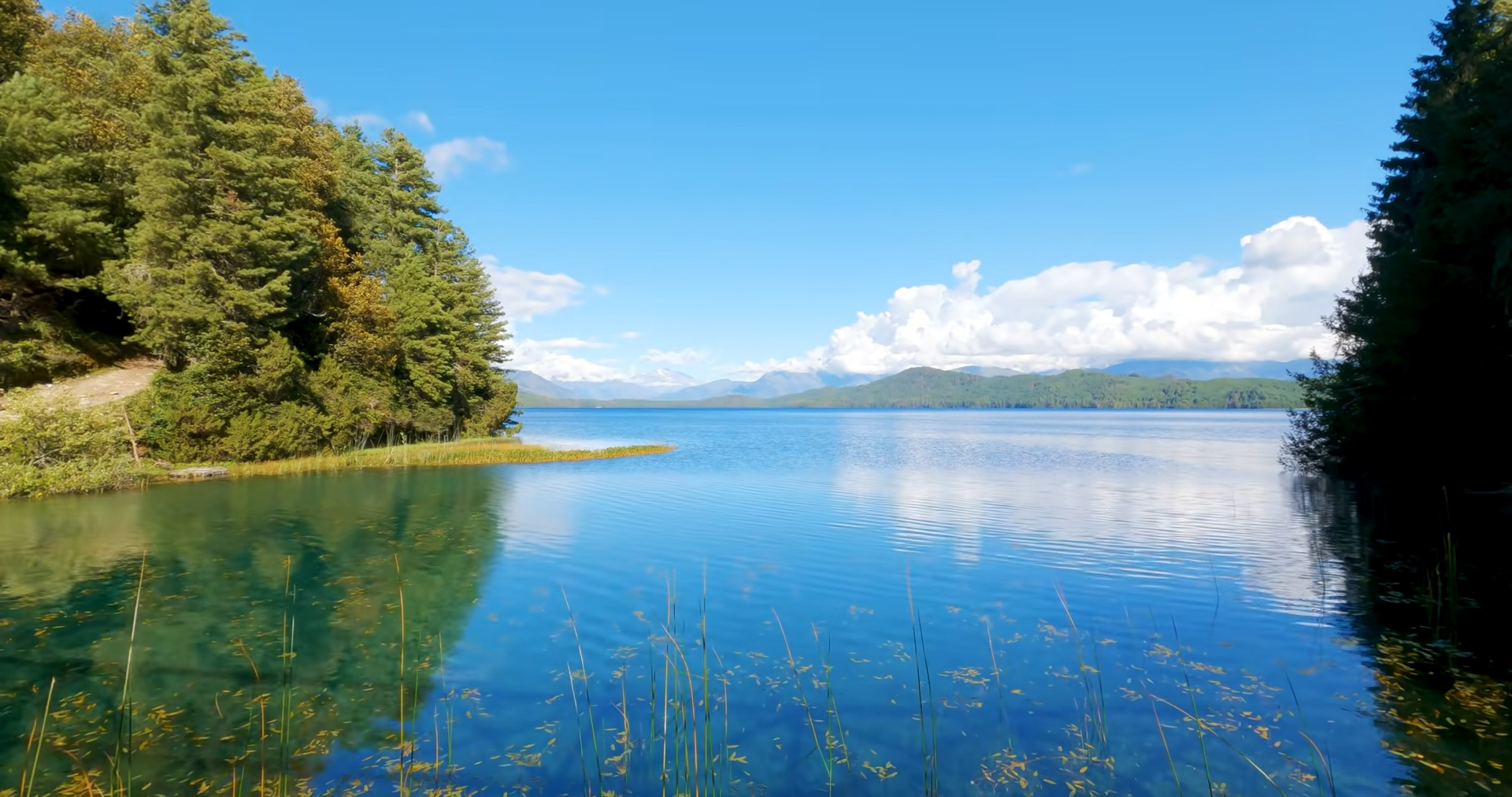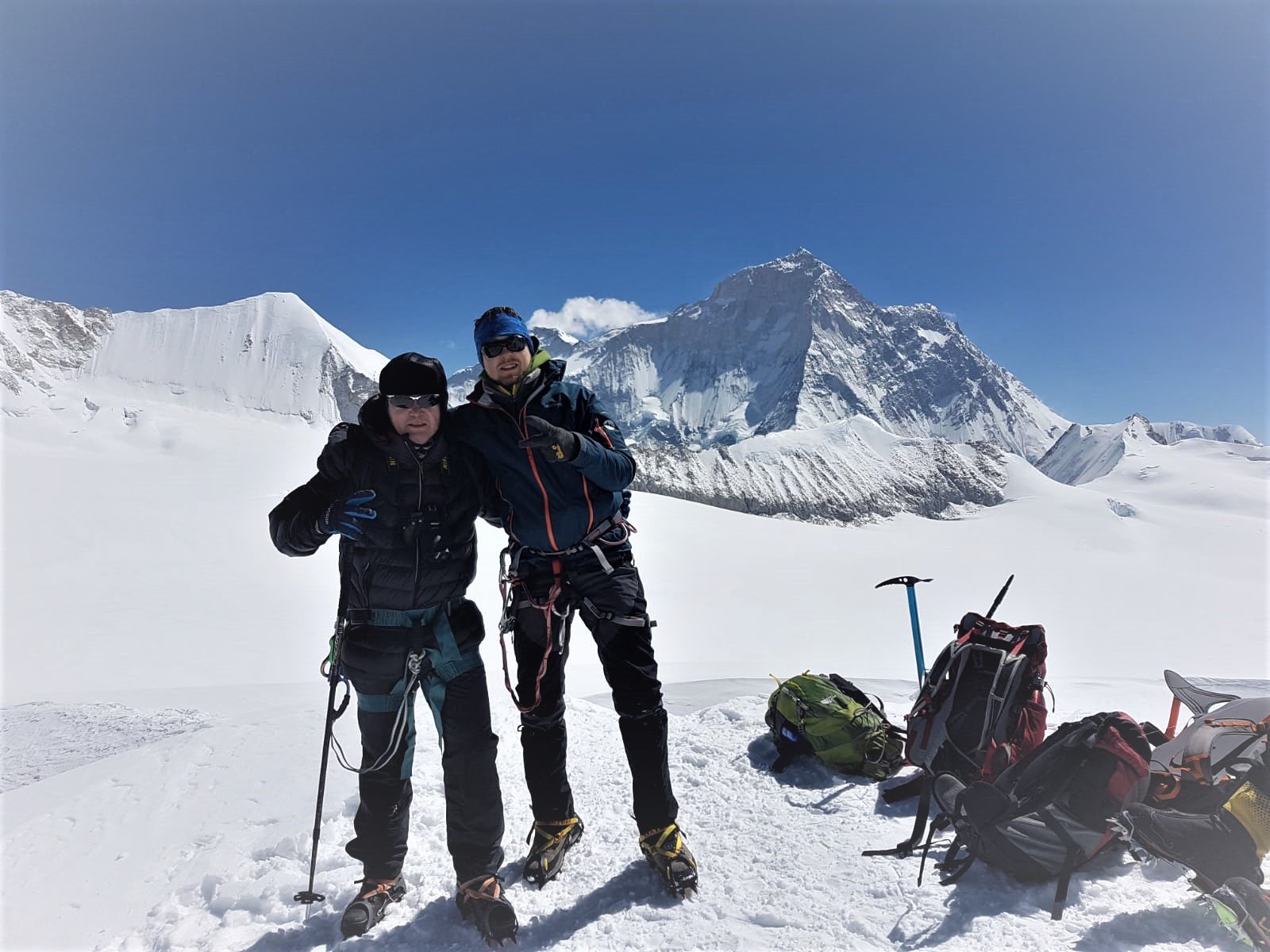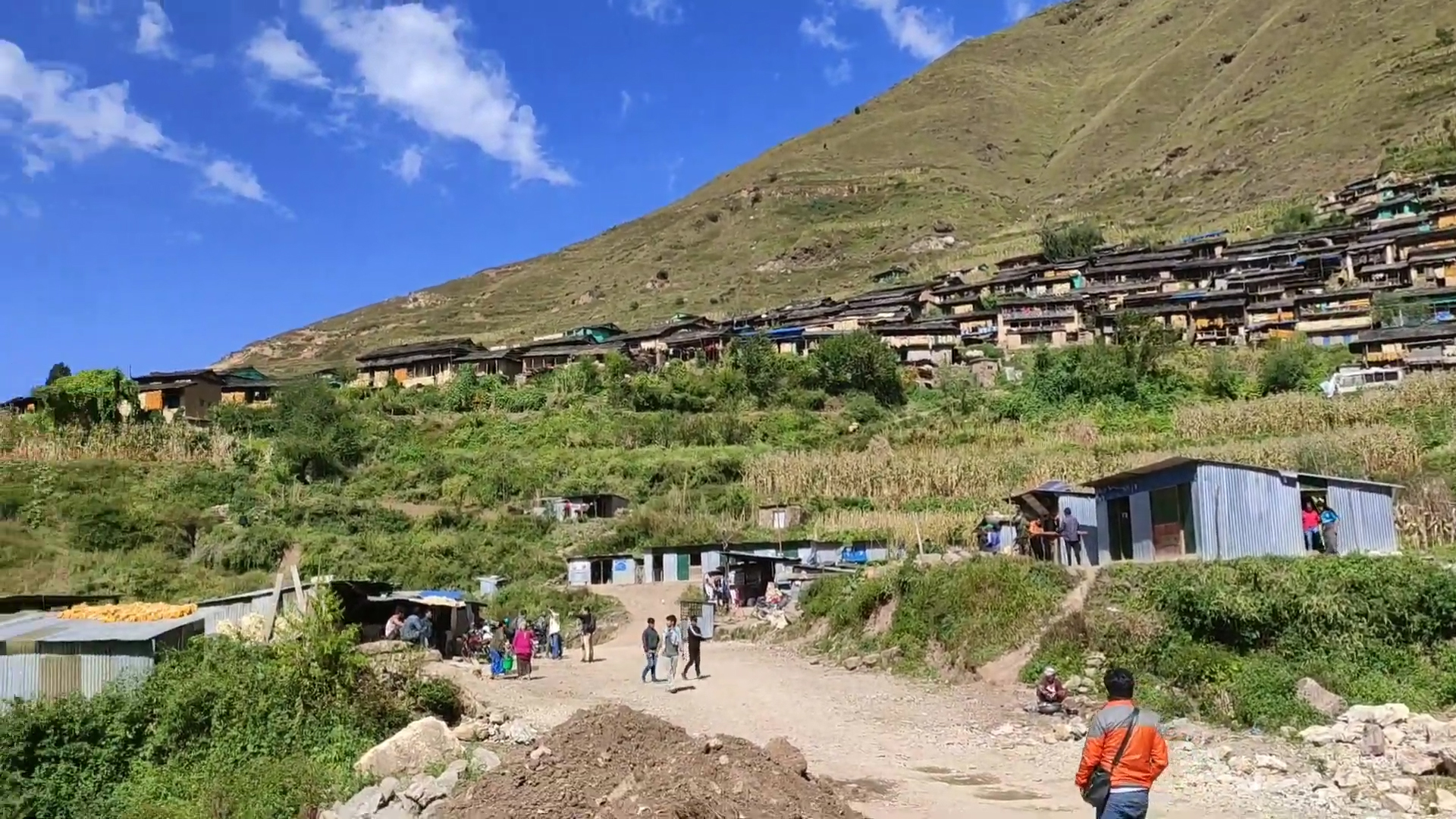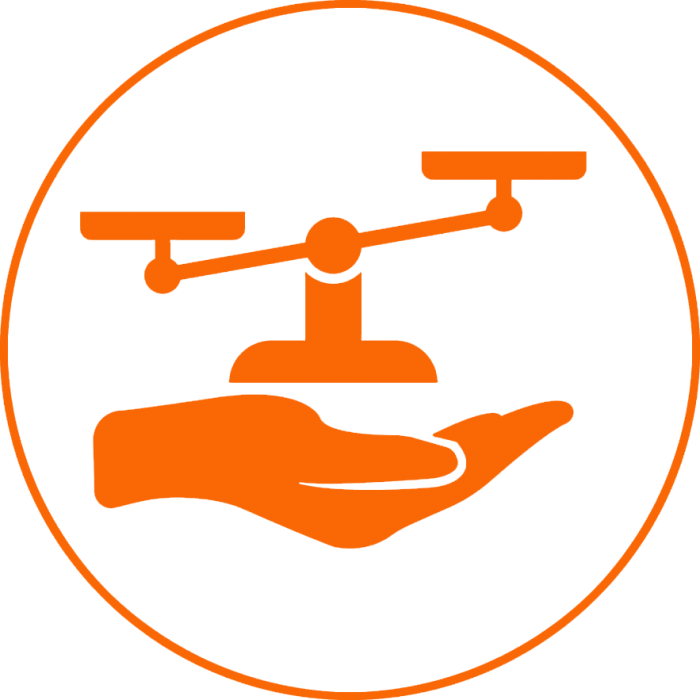Trip Overview
Introduction to Khopra Ridge Trek
Khopra Ridge Trek is one of the moderate treks in the Annapurna region and offers views of beautiful mountains like Annapurna I (8,091m), Dhaulagiri (8,167m), Nilgiri (7,061m), Machhapuchhre (6,997m), Bhara Shikhar (7,647m), Hiunchuli (6,441m), and more. This Khopra Ridge Trek is a great way to experience the beauty of the Himalayan landscape and mountain range.
This off-the-beaten-track trek takes you away from the busy trails. It offers a unique view of the amazing mountains, beautiful settlements, Crystal River, holy lake, rhododendron forests, etc.
The area is mainly inhabited by Gurungs and Magars, where you will experience the diversity of cultures. Far from modern life, they have well preserved their traditions and culture. They live a simple life and are always ready to give a warm welcome to their guests with smiling faces.
Compared to other trekking trails in the Annapurna region, this trail is less crowded and quieter. With an altitude of fewer than 4,000 meters, it is suitable for trekkers of all age groups. Khopra Hills (3,640m) is the panoramic viewpoint center of this Khopra Ridge Trek, from where you will see the Himalayan views of Annapurna, Dhaulagiri, Machhapuchhre, and 15 other amazing snow-covered mountains.
You may visit: Tharpu Chuli Peak Climbing in 14 days; Cost, Package, Map, and Distance.
Visit A Beautiful Kaire Lake
This Khopra Ridge Trek attracts travelers who want to experience solitary travel in the remote areas of the Annapurna region. Another major attraction of this Khopra Ridge Trek is the beautiful Kaire Lake. Kaire Lake is the sacred lake of the locals.
Ethnic villages, wildlife encounters, panoramic views of the mountains, alpine forests, and lush vegetation are the attractions of the trek. You will observe the ethnic people living in this region whose traditions and Himalayan lifestyles are different from the modern lifestyle.
Although it is a newly opened trekking trail, it can be operated in a teahouse or lodge. Normal physical fitness is enough to do this moderate-level trekking. Once in a lifetime, this wonderful place to spend your vacation will be amazing.
Spring and autumn are the best times for the Khopra Ridge Trek. But we arrange treks throughout the year according to your wishes and vacation time. The number of trekkers coming in these two seasons is higher than in other seasons, as the morning is also clear in these seasons.
You may like to visit: The Kanchenjunga Base Camp trek in just 22 days; Itinerary, Cost, Package
Trip Itinerary
Drive Kathmandu to Pokhara (820m) - 7 to 8 hours.
Drive Pokhara to Nayapul and trek to Ghandruk (1,940m) - 5 to 6 hours walk.
Ghandruk to Tadapani (2,590m) - 4 to 5 hours walk.
Tadapani to Bayerka Kharka (3,420m) - 6 to 7 hours walk.
Bayerka Kharka to Upper Chistibung (2,975m) - 4 to 5 hours walk.
Upper Chistibung to Khopra Ridge (3,660m) - 3 to 4 hours walk.
Visit the Kaire Lake from Khopra Ridge.
Khopra Ridge to Swanta Village (2,200m) - 5 hours walk.
Swanta Village to Ulleri (1,960m) – 6 hours walk.
Ulleri to Nayapul (5 hours walk) and drive to Pokhara (2 hours).
Drive Pokhara to Kathmandu - 7 hours
Why not list the price?
Each client's needs may be different. The price of the trip varies according to the size of your group and the service you want. The cost of the trip is calculated according to the type of service and accommodation chosen by our customers.
Each trip is customized to fit the client's needs and group size, so the price of each organized trip is different. Please let us know the service you want and the size of the group. We create trips to suit your taste and travel budget per your requirements. Hope you find our price calculation reasonable according to your needs and preferences.
Frequently asked questions about this trip
How difficult is the trek?
The difficulty depends on where and how long you want to trek. The short trek is easy while the long trek requires some physical fitness.
What is altitude sickness?
Altitude sickness is normally known as acute mountain sickness. This can happen when people rapidly climb up to an altitude of more than 3000 meters. We ensure minimal risk by adding rest to our trekking itineraries. Most people will feel some effects of altitude, some shortness of breath and possibly light headache, this is normal enough. Acute mountain sickness patients are quite different and usually have a serious headache, sickness, and lose awareness. In almost all possible cases there are sufficient warning signs to take action properly. Descending to a lower altitude is usually enough to prevent any further problems.
What type of accommodation is available during the trekking?
There are mainly tea houses and lodges available for trekking and they are usually made using local materials and are very comfortable. These accommodations are often family-run and usually provide single and double rooms. The dining room is on the ground floor and is often on fire. All food will be cooked in order in the family kitchen. Toilet facilities are sometimes separate and sometimes outside. Most lodges provide mattresses and blankets. It's a good idea to always have a sleeping bag, which can be useful, and perhaps an inflatable pillow.
How long do we walk every day on trekking?
Trekking programs are classified into three different categories: soft, moderate and hard. Soft treks are only about 7 days to 10 days in duration. They generally do not go above 4000 meters; you can expect to walk about 4-5 hours each day. Moderate treks are challenging enough and long treks that go to the high hill country. Physically exhausting, this involves trekking along the cliffs of the mountains for about 6-8 hours. Harder treks are longer treks that go farther away from the general abode of trekkers and tourists. These physically challenging treks involve walking for 7- 9 hours each day.
How much weight do I need to carry on the trek?
You carry some of your personal belongings, such as warm clothing, water, snacks, sun block, cameras and more. Generally, these items will be lightweight, from 5 to 10kg (10 to 20 pounds). Our porters are available for other heavy goods and for your information one porter would be sharing by two people. The maximum weight carried by one porter is total 20 kg. this means 10 kg. per person is allowed for the trek. In case if you wish to carry more than this weight then you need to hire additional porters.
What is the best time for trekking in Nepal?
October and November are considered as the best times for trekking in Nepal due to dry season. December and January are also considered good times for trekking but it is extremely cold at high altitudes.
Google Reviews
Guest reviews
Thank you a lot for your organization about my trek. It was a superb experience; all was perfect. Karma is a very nice person and a good guide. I appreciated trekking with Odyssey (a reliable Nepal trek operator). If I come back to Nepal, I will be happy to...
Have just returned from my fourth trip to Nepal and as always Odyssey Treks organized everything superbly. We visited Makalu relatively late in the season and were rewarded with empty trails and amazing weather. Karma was as entertaining, friendly, and informative as ever along with Ang Dawa Sherpa who...

